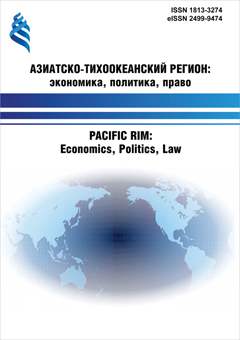THE NATURE AND DEGREE OF PUBLIC DANGER OF CRIMES AND NON-CRIMINAL ACTS: PROBLEMS OF THE CONCEPT AND CRITERIA OF DEFINITION
DOI:
https://doi.org/10.24866/1813-3274/2023-1/165-179Keywords:
nature of public danger, degree of public danger, crimes, criminal acts, criminal law, doctrine of criminal law, scientific approaches, judicial practice, elements of the corpus delicti, signs of the corpus delicti, identity of the perpetrator, factual circumstances, assessment of the crimeAbstract
The article analyzes scientific approaches to the concepts of the nature and degree of public danger of crime. Based on them, the author has formulated the proposals for differentiation of these concepts. It is proved that, being the indicators of public danger, the nature and degree are determined depending on two different groups of circumstances: the nature of the danger – from the specific signs of the crime that lie within its composition and characterize its object, objective and subjective sides and subject, and the degree of public danger – based on circumstances that are not reflected in the composition crimes, but are taken into account by the court and affect various aspects of criminal responsibility. At the same time, the idea is argued that neither the identity of the culprit, nor mitigating or aggravating circumstances, nor any other factual circumstances affecting the culprit’s public danger can be excluded from the concept of degree of public danger. Taking into account this understanding, proposals were made de lege ferenda concerning Part 3 of Article 60 of the Criminal Code of the Russian Federation, and a new version of Paragraph 1 of the Resolution of the Plenum of the Supreme Court of the Russian Federation No. 58 dated December 22, 2015 "On the practice of assigning criminal punishment by the courts of the Russian Federation" was proposed. The article also examines the public danger of non-criminal acts leading to the conclusion that its content, indicators and the possibility of using the concepts of the nature and degree of public danger depend on the specific type of this act.



